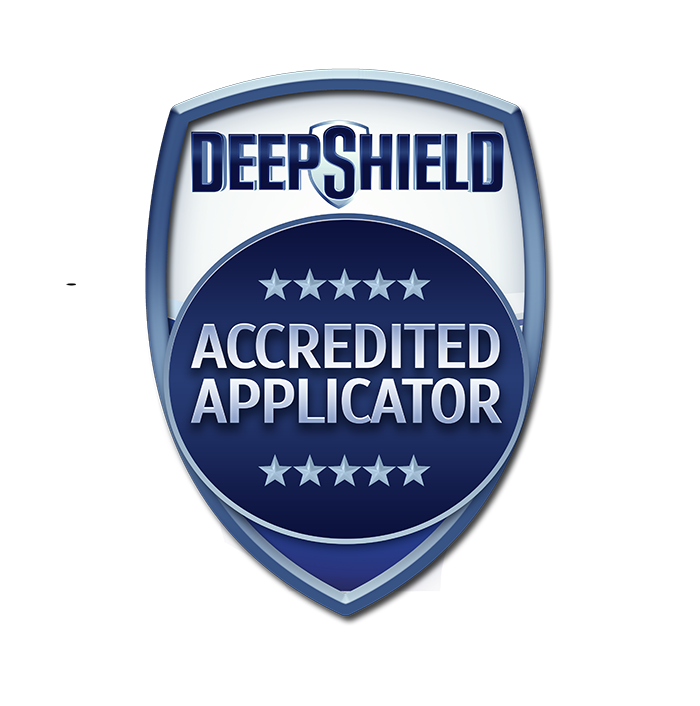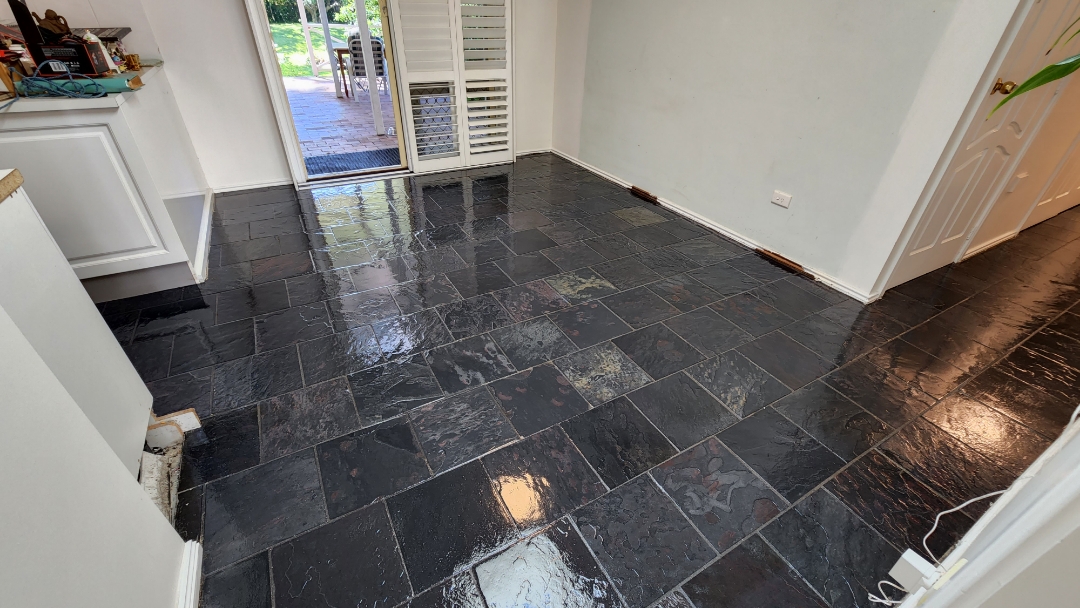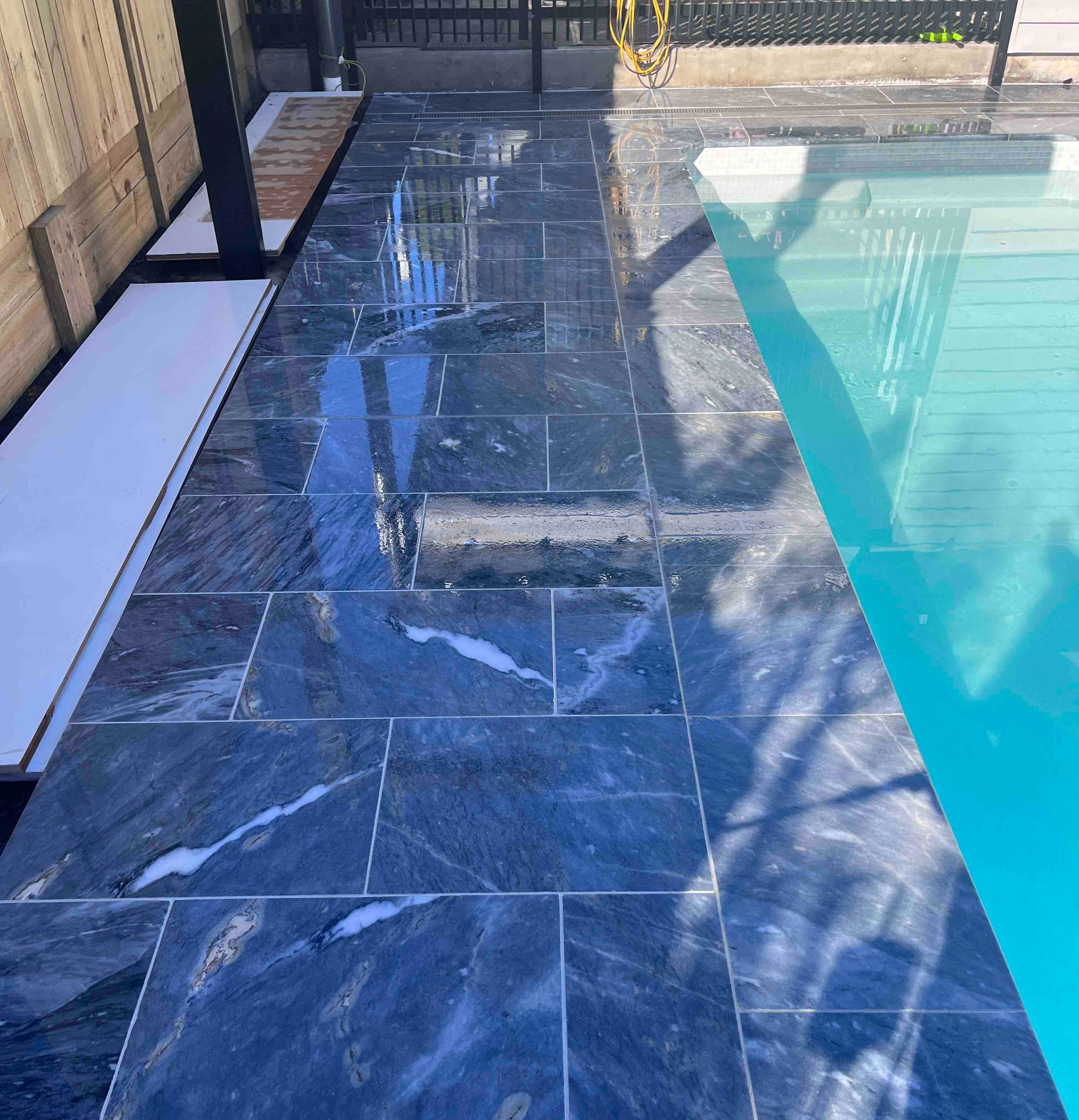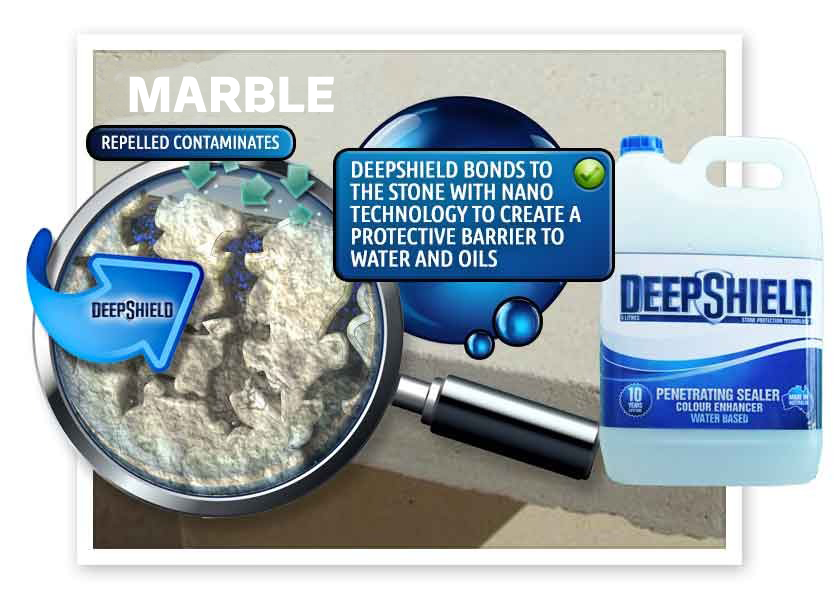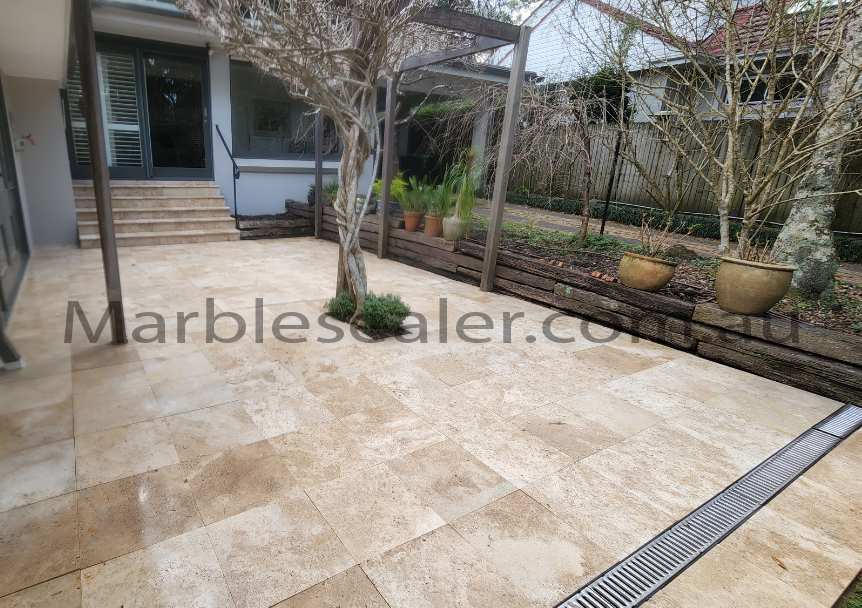Importantly, as marble is sensitive to acids, it's crucial to use solutions that won't harm the stone and always conduct a test in a hidden area first.
In the initial stages, efflorescence on marble can be addressed with specific non-acidic cleaning solutions and an abrasive nylon pad. However, once it becomes insoluble, removing it can prove challenging. Advanced stages of efflorescence may necessitate specialized equipment and removal solutions.
Once the removal process is completed and the surface is thoroughly dry, it's advisable to reseal your marble using a long lasting penetrating sealer. This helps significantly reduce water absorption.
Efflorescence can be eliminated, but it often signifies an underlying issue that must be addressed to prevent its recurrence on marble surfaces.
Water infiltration into the tiling system can be minimized through various methods such as binding, waterproofing, and sealing, among others. By preventing water entry, efflorescence formation on marble surfaces can be effectively mitigated.
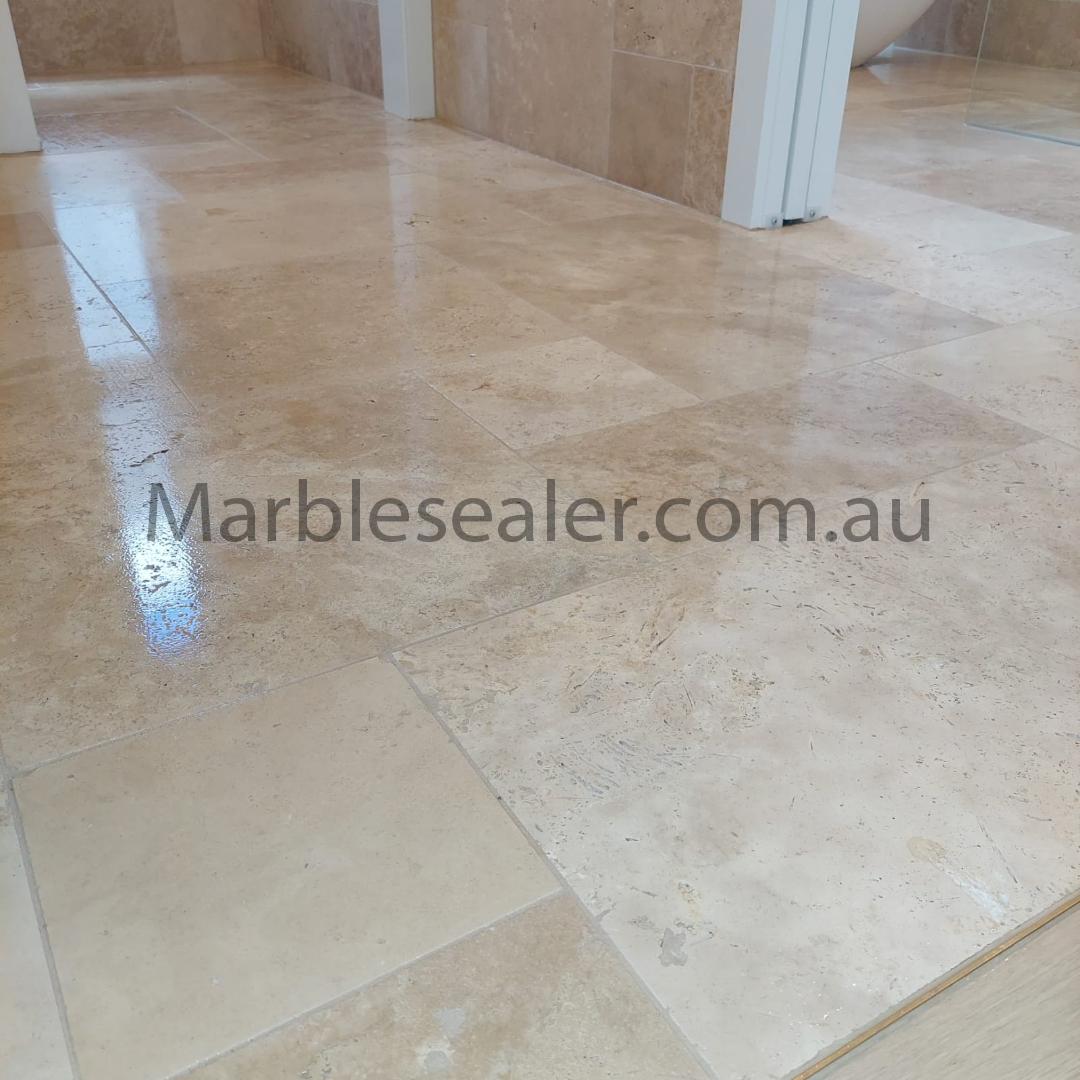
The fundamental strategies for reducing efflorescence on marble surfaces involve minimizing water infiltration into the tiling system and directing any water that does penetrate towards a designated outlet.
Applying a penetrating sealer to marble prevents water absorption while allowing the stone to release accumulated vapor. Unsealed marble, having absorbed moisture, may also develop efflorescence deposits on its surface as the moisture evaporates.
Avoid using topical coatings on marble as they block pores, potentially trapping water and creating a dangerously slippery surface when wet.


